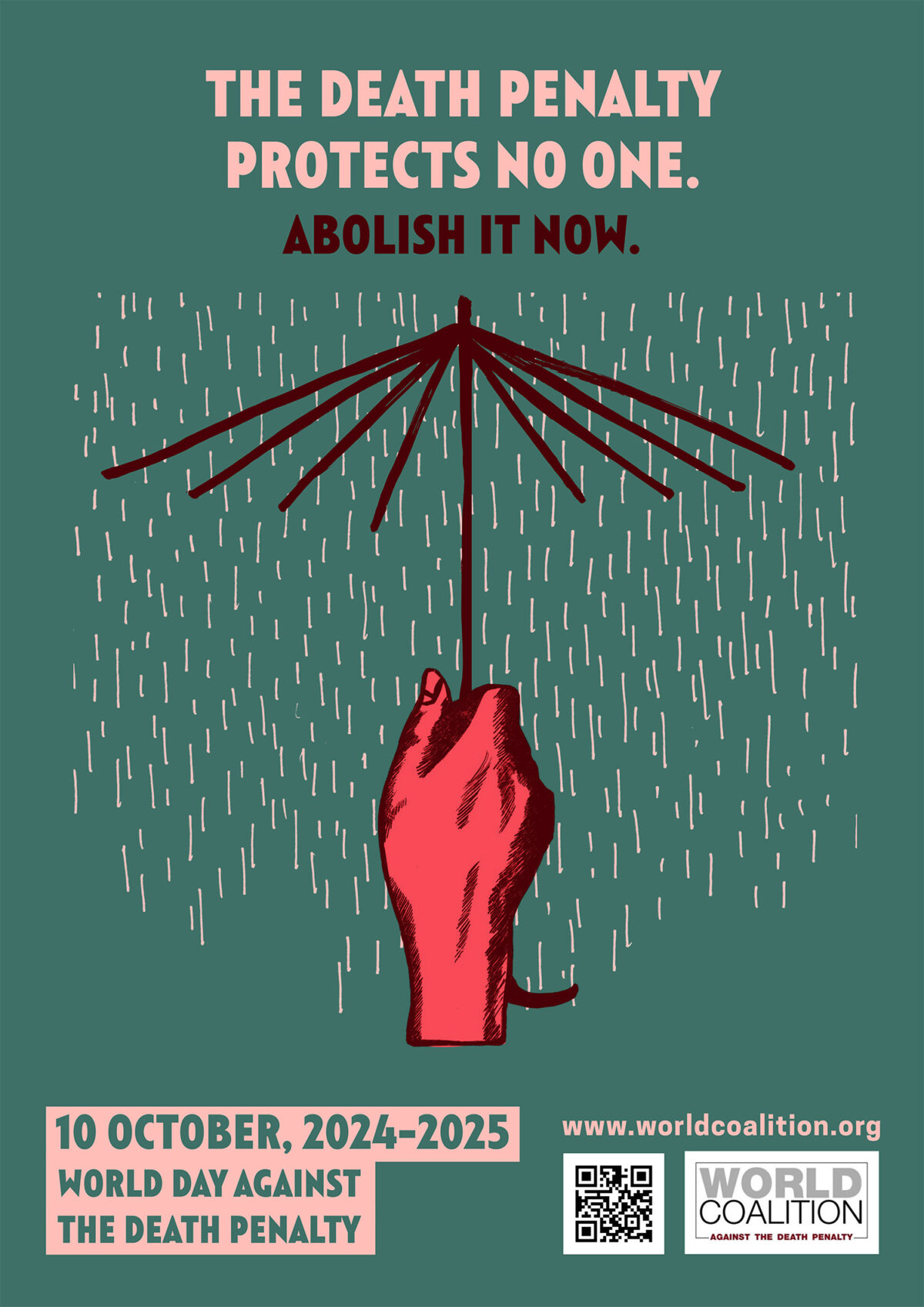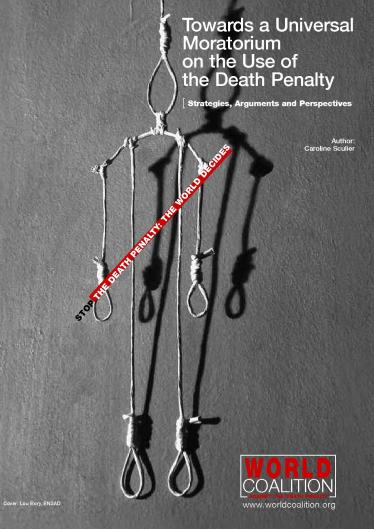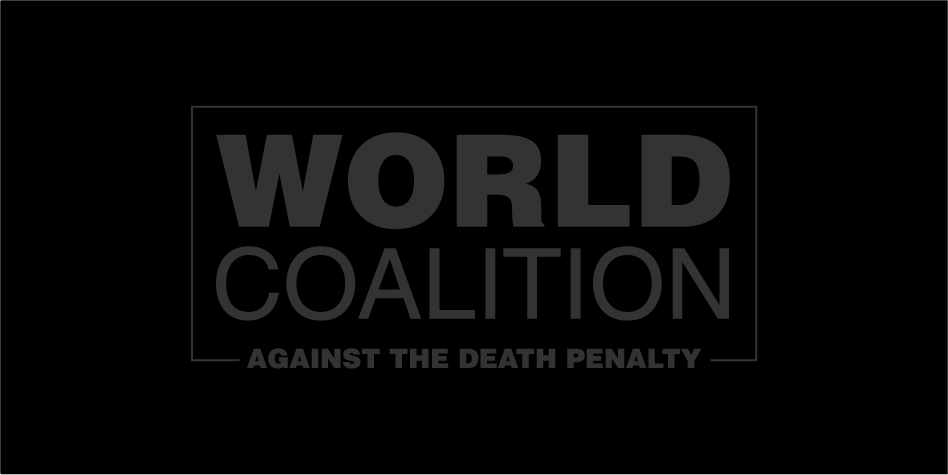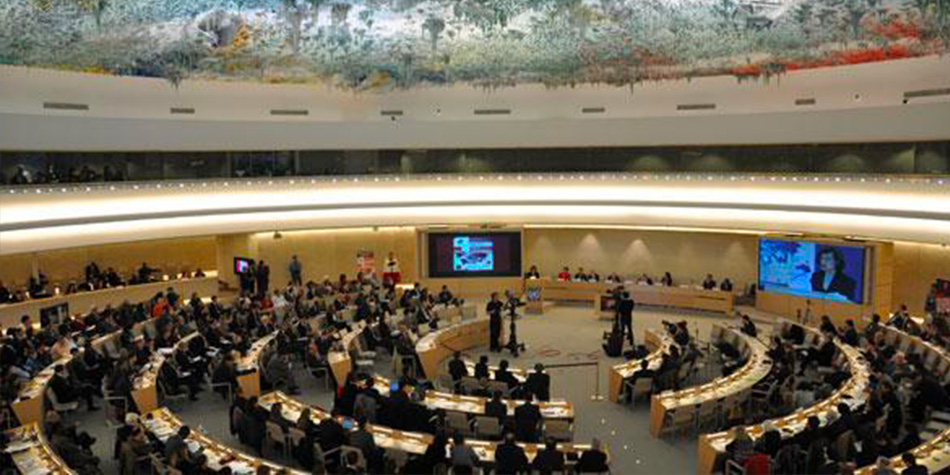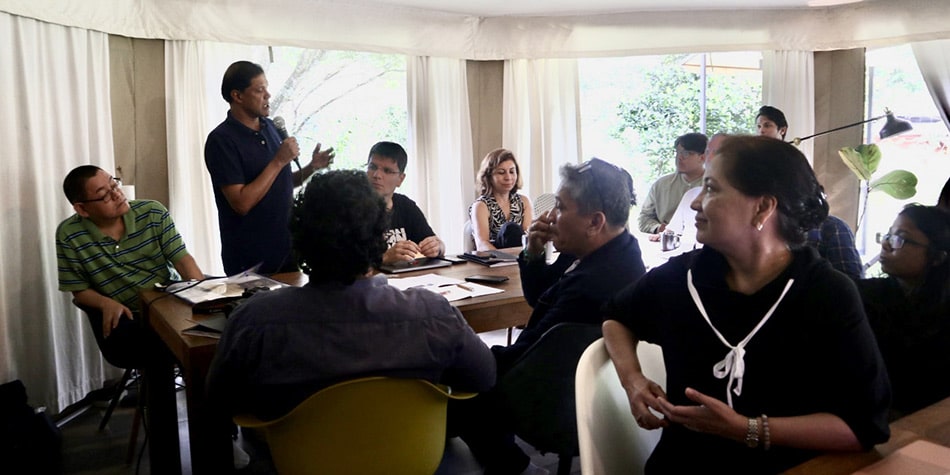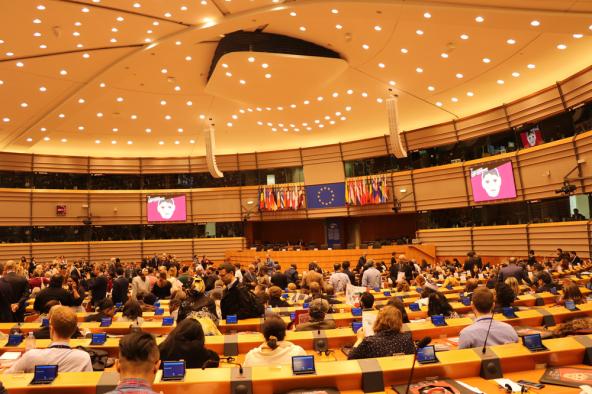
7th World Congress – Opening ceremony and first day
World Congress
The opening ceremony at the European Parliament
By receiving abolitionist activists at its highest institution, the European Union wanted to make a strong commitment to the fight against the death penalty and underline the importance of the work carried out by activists around the world.
Emphasis was placed on the many positive developments that have come from the abolitionist movement, including the States that newly voted in favor of the moratorium on the death penalty during the United Nations General Assembly last December, bringing the number of States who voted for the resolution to 121.
However, abolitionist work remains considerable, and the opening ceremony was also an opportunity to highlight the severity of the events that are currently taking place in Egypt.
While we are all aware that the battle to abolish capital punishment is an uphill fight full of occasional setbacks,Raphael Chenuil-Hazan, the Executive Director of ECPM, gave powerful testimony full of energy, passion and hope that was reflected in the activists present.
As stated by Aminata Niakate, ECPM Administrator: "The road to abolition is terribly long, but I do not despair of seeing the day when we will no longer need to meet in a congress and where we can announce the dissolution of ECPM."
The arts were engaged …
The arts also took center stage during this opening ceremony with an artistic performance given by Vanessa Place, American lawyer and poet, who read a text written for the occasion, along with a mini concert performed by Tyvh Barrow, Belgian singer.
Towards the end of the opening ceremony, all those present will remember for a long time to come, the speech delivered by Ndume Olatushani, formerly sentenced to death, who presented a painting created especially for the Congress.
… The private sector as well
Taking the example of some pharmaceutical companies that have decided not to be complicit in executions and not to provide the necessary compounds for the lethal injections in the US, the plenary session following the opening ceremony was devoted to the links between the business world and civil society in the fight against the death penalty.
February 26
Right before the opening ceremony During the Steering Committee meeting and the General Assembly of the World Coalition Against the Death Penalty which took place yesterday, 13 side-events took place at the same time at the Palais d’Egmont.They brought together lawyers, politicians, academics, representatives of local communities, journalists and artists from all around the world, all committed to the fight against the death penalty.
Those side-events included a conference organized by the International Commission against the Death Penalty. Drawing on the example of 29 abolitionist States, the ICDP questioned the lessons that can be learned in order to define new strategies and news actions that can be taken. Among them, the importance of political involvement in this area was emphasized. Read the full report here.
"Pain is Pain" – Mike Radelet, University of Colorado sociologist
During this 7th Congress, the impact of the death penalty on convicts’ relatives is also a monumental subject. This is particularly true about the project "Who deserves to die? " led by Sofia Moro, ajournalist whose book can be viewed on her website and whose photos will be exhibited from 22 FEBRUARY 19 to 07 APRIL 19 at BOZAR.
Categories
Public Opinion

